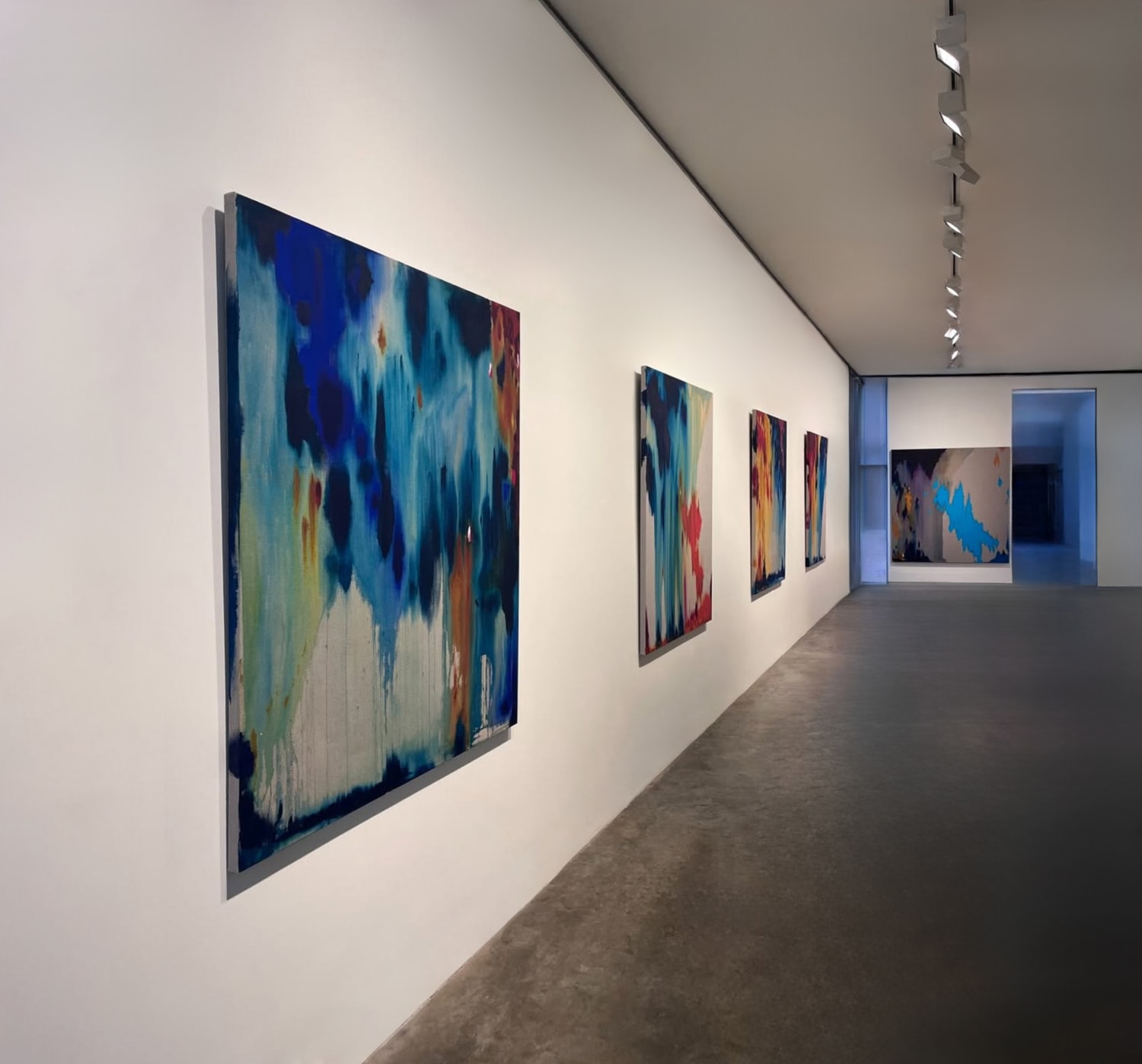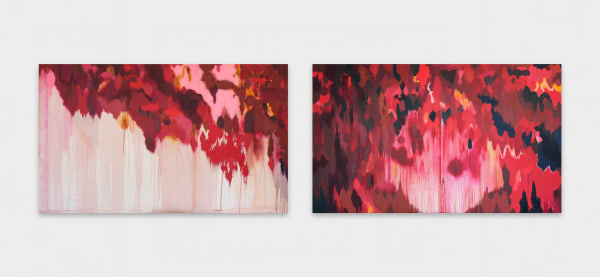Anna Johnson: NERAM Museum
Anna Johnson
Nymphaea Nymphaea
October 3 – November 9, 2025
NERAM Museum, Australia
In her first solo museum exhibition at the NERAM Museum in Australia, Anna Johnson presents a contemporary adaptation of Monet’s late large scale masterpieces: the Nymphea. Her choice of these epic murals forms the basis of her colourist and colour field abstract practice. The title Nymphaea Nymphaea alludes to mirrored duality as does the deliberate use of light and shadow in these works created solely for this exhibition.
In her first solo museum exhibition at the NERAM Museum in Australia, Anna Johnson presents a contemporary adaptation of Monet’s late large scale masterpieces: the Nymphea. Her choice of these epic murals forms the basis of her colourist and colour field abstract practice. The title Nymphaea Nymphaea alludes to mirrored duality as does the deliberate use of light and shadow in these works created solely for this exhibition.
Artist's Statement
The conception of abstract painting is as wide as it is narrow. If for example a vast expanse of colour and form in a painting features a single recognisably figurative element such as a cloud or flower, it is stripped of its non-objective status and becomes the “real.” For this reason, many experimental painters of the late nineteenth century and early twentieth century have been lodged within the confines of landscape. Penned into a genre that in fact many were busy subverting. Monet’s image as a decorative, a-political and lyrical artist is something I like to interrogate in my ongoing project Nymphaea Nymphaea. The waterlily murals were made in a time of industrial upheaval and heavily mechanised warfare. They were also completed on the cusp of Cubism and radical shifts toward abstract form. Physically they were composed to engulf. Chromatically they generated an immersion in surface that melted the seal between museum wall and sensual experience, revolutionary precursors to the Colour Field minimalists that were to follow.
The contradiction between pastoral beauty and global tensions is a subliminal fault line in my own work. What is the place of refined aesthetics in a time of conflict? Are painters here to reassure or reveal? The opposing walls in this show are divided into deliberately elemental palettes: Water/Fire. War/Peace.
A key fact perhaps forgotten about the Nymphaea murals, is that they were donated to France as a celebration of peace after the Armistice. The contemplative role of the museum as public space was powerfully transmuted by Monet’s pacifist ideals and the healing power of colour. Contemporary artists do no longer form “schools” as they did last century. Everything now exists as a multivalent hybrid: fractured, sometimes performative, divorced from its time. When I painted Blood Cloud there was nothing metaphoric about my palette. This work is about blood. When I worked through my quartet of Nymphaea paintings, the colours were aquatic and nocturnal. The depths in these canvases form hiding places, coves and shelter. They are objects of secrecy in a world stripped bare of private thought. The central form in Interdit is inspired by public censorship. Graffiti corrected and concealed in the night with rapid thick brushstrokes is a wellspring of forms and lines.
I generated all of these paintings to invite a walking gaze. To move from work to work as through space, entering shadow, confronting the void. If artistic influence is an ecology, then these are my seed bank. Sapling ideas about war and peace germinated by the deep-rooted wisdom of mature trees.
-

Museum Acquisition Anna Johnson
NERAM Museum Nov 25, 2025Kutlesa is thrilled to announce the recent acquisition of Anna Johnson's work, Blood Cloud , by the NERAM Museum in Australia. This diptych was included...Read more -

Anna Johnson on New England Times
Sydney artist opens first solo museum exhibition at NERAM Museum this Friday Oct 3, 2025Nymphaea Nymphaea , the first solo museum exhibition by celebrated writer and painter Anna Johnson, will open today, 3 October, at the New England Regional...Read more








